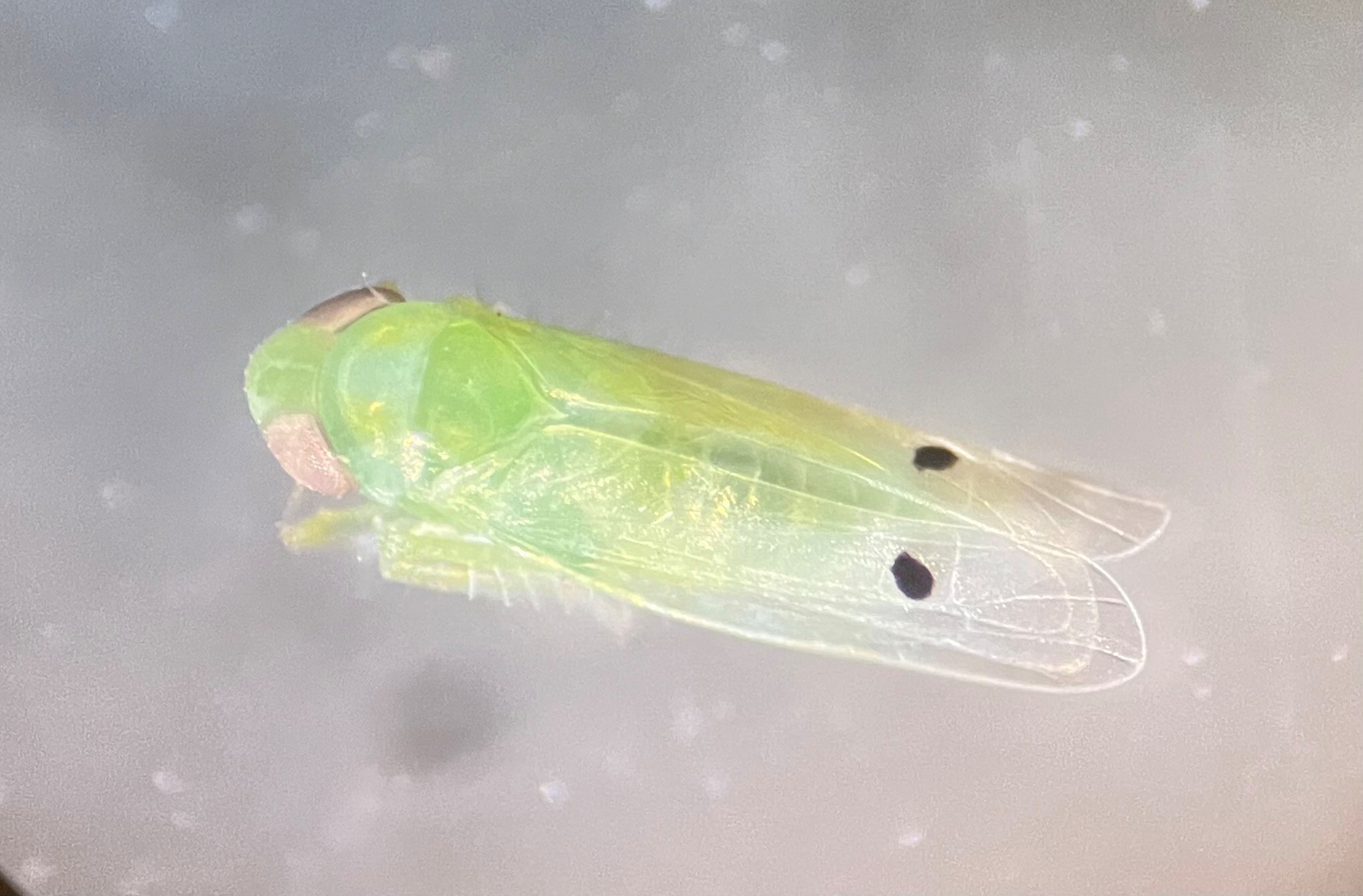By William Terry Kelley
University of Georgia
The dog days of summer will soon give way to crisper fall air. But this doesn’t mean the gardening season is over. In parts of Georgia, gardeners can still grow crops well into the fall and even through the winter.
Too cold for squash
Frost will eventually reap the last of the heat-loving crops like squash, tomatoes and okra. But cabbage, turnips, mustard, radishes, beets, broccoli, carrots and even English peas enjoy the cool days of autumn and early winter. Many of these can take a fairly stout frost and still survive.
Cabbage, broccoli, Brussels sprouts, kale, cauliflower and kohlrabi are all good crops for fall gardens. They’re best started from transplants, but they can be direct-seeded. If you seed them directly into the soil, keep the ground moist while it’s still hot to give them a good start.
Establish plants now
If you transplant, keep plants well watered, too. If you start late, it is best to transplant to ensure your crop has time to mature. Establishing plants after late September may not yield good results. Most of these crops take 70 to 80 days to mature in the fall.
Most leafy greens fit this pattern. Turnips and mustards are less tolerant of frosts and freezes than collards and kale. So don’t wait too late to plant them. They’re short-season crops and will mature in 45-60 days.
All of these crops, except cabbage and kohlrabi, lend themselves to multiple harvests. You may get several cuttings from one crop.
Peas don’t like to freeze
English peas can’t stand a hard freeze. But there’s time to get in a crop before harsh weather hits. Sugar snap peas or edible pod peas fit into this category, too. They usually require about 70 days to mature in the fall.
Radishes will mature in about four weeks. Beets and Swiss chard, both hardy crops, mature in about 60 days. Plant these in time to harvest before hard freezes.
Carrots and onions grow well in south Georgia during the winter. Neither can take severe temperatures, but light freezes and frosts don’t harm them.
Carrots can be seeded September through October for harvest in the spring. Onions are usually transplanted in November for harvest in April and May.
Get ready now for a fall garden. It can be a lot more fun to garden in the crisp fall air than in the gnat-infested heat of summer.



